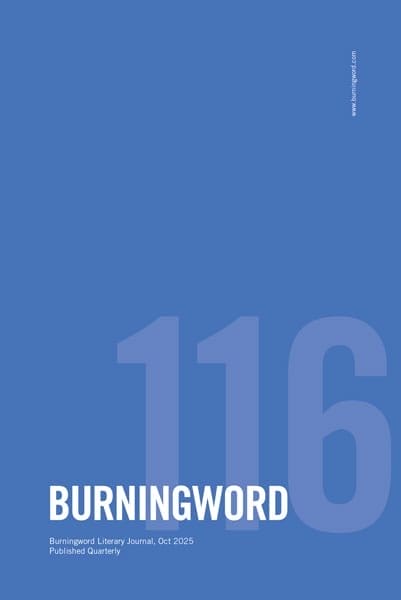begins with dissonant strains of the national anthem, further distorted by the rink’s poor acoustics, accompanying the humming exit of the Zamboni machine. In the white glare of overhead lights, they signal it’s time to “get in the zone” for the free skate warm-up.
You don’t want to hear about the “home of the brave,” or “bombs bursting in air,” knowing better than to take an early victory lap.
Your group is called for warm up. Skating around twice, getting the feel of the ice. A spin, then on to jumps. Look confident. Don’t look at others. One more double Axel. The five minutes almost up.
Skating first means cutting warm-up short. Going last, losing the feel of the ice, hearing competitor’s applause, convincing yourself you don’t have to pee again. Order drawn from a hat. You deal with the hand you’ve been dealt.
The calling of your name, the assuming start position center ice, the waiting for music to begin. In an arena so hushed you can hear your pulse hammering. Breathe. You’re in the air at an angle. Ban the vision. Smile. Just four interminable minutes. Flirt with the audience after the double flip. You actually land it. Barely. The final spin, so fast the blood vessels break in your forearms. The list of your mistakes, as you wait for the marks in “the kiss and cry.” At what point does your pulse return to baseline, breathing to normal? At what point do you emerge from the twilight zone? Maybe never.
Lorraine Hanlon Comanor is a former U.S. figure skating champion and U.S. team member. A graduate of Harvard University, Stanford University School of Medicine, and the Bennington Writing Seminars, she is a board-certified anesthesiologist and author or co-author of 35 medical publications. Her personal essays have appeared in the NER (Pushcart Nominee), Boulevard (Notable in Best American Essays of 2020), New Letters, Ravens Perch, Ruminate, Gold Man Review, Book of Matches, Deep Wild, Consequence, Joyland Magazine, in press The Healing Muse and The Rumpus.


